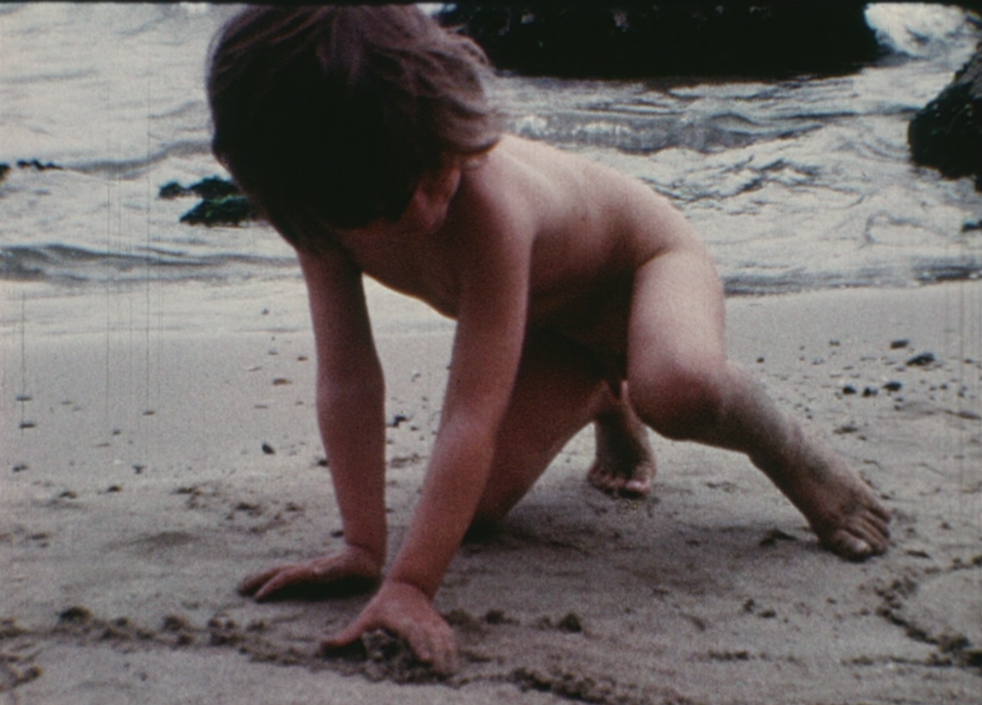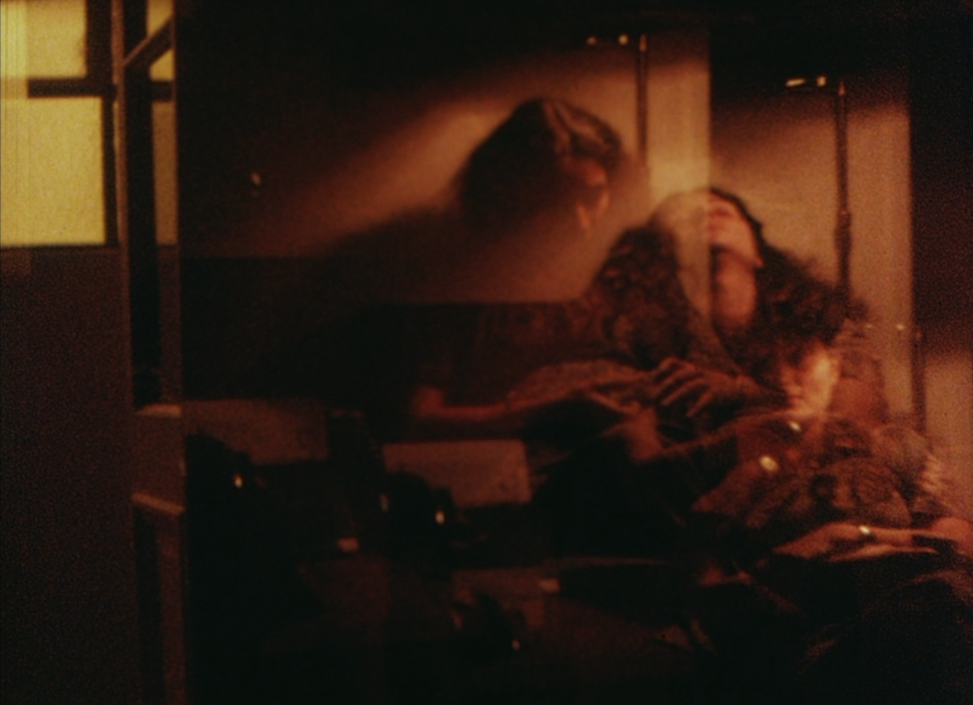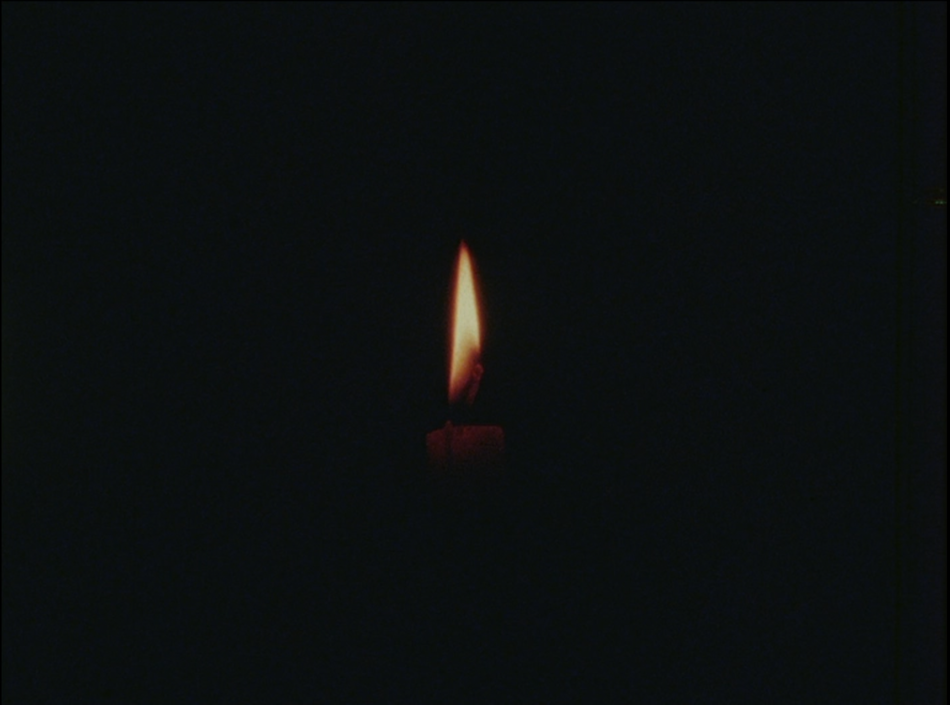A child plays on the beach; we are in home-movie territory. For years I thought I had made a film-poem, without knowing how to explain it, until Gilles Deleuze created the concept of “perception-image”:
A character acts on the screen and it is assumed to see the world in a certain way. But simultaneously the camera sees him, and sees his world from another point of view which thinks, reflects, and transforms the viewpoint of the character […]. In short, perception-image finds its status, as free indirect subjective, from the moment that it reflects its content in a camera-consiousness which has become autonomous (‘cinema of poetry’).[Gilles Deleuze, Cinema I: The Movement-Image. Trans. Hugh Tomlinson and Barbara Hammerjam. (Minneapolis, MN: University of Minnesota Press, 1986) p. 74.]
The persistence of the last take is unexpectedly transformed for the cameramen into a reflection on the tension between what is in the frame and what is outside it. The action was captured without a plan or time measurements; the events determined the duration.











